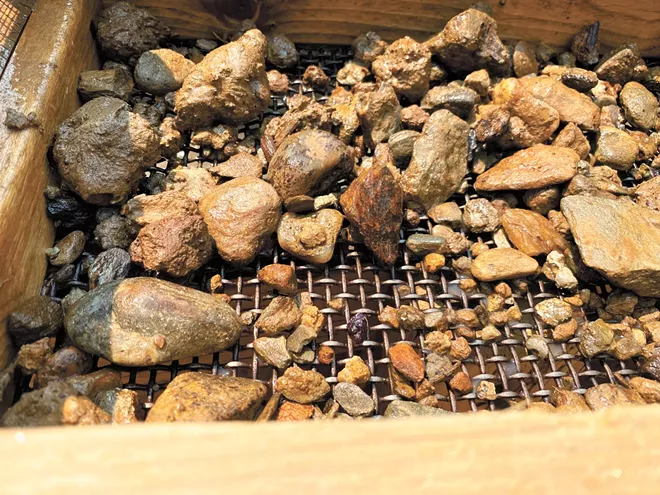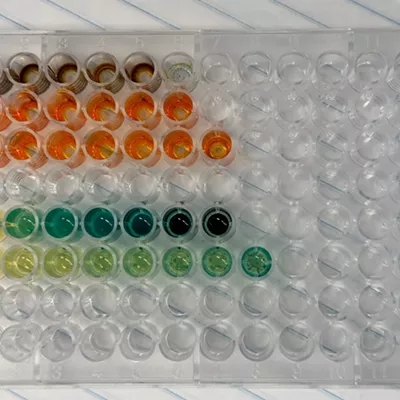You've probably heard that Idaho is nicknamed the Gem State, but few of us ever go looking for the one that's so unique it's the state's official gem: the star garnet.
What's really special about this type of garnet is that it's found only in two places in the world: India and north central Idaho. These deep purple garnets form in dodecahedrons (like a 12-sided die), but it's when they're polished that the "star" comes in as they reflect light with a starred pattern of four or six lines.
Truth be told, even though I was born just about an hour from the prime star garnet hunting spot in Idaho, I didn't even know they existed until 2020. Turns out, you can dig for these very garnets yourself in Idaho's Panhandle National Forest, but you need to get a permit first.
In recent years, the U.S. Forest Service has operated a dig site at Emerald Creek Garnet Area, where they bring in mounds of raw garnet-containing material to avoid having people digging all over the place and panning in the creek, which can be damaging to the ecosystem.
This summer I decided to secure a $15 permit online for Emerald Creek and see if I couldn't find some of these gems myself. For that price (or $5 for kids 6 to 12 and free for those under 6), you can take home up to 5 pounds of garnets from your three-hour dig session. If you can find them, that is.
It's a popular site that's only open from just before Memorial Day to Labor Day: I had to book a few months in advance, and July 31 was one of the only days open by the time I looked in May. And that's how I found myself getting ready to pan for those beauties on one of the hottest afternoons of the summer.
Word to the wise: if you decide to go, bring LOTS of water with you, and consider bringing some snacks as well, because even with the equipment all set up for you, what looks easy is actually pretty physically demanding. There's the hard work of digging and sifting, and you also need to hike into the site from the parking area, about half a mile.
Once there, a helpful host will tell you how the process works: Grab two buckets, go over to the massive dirt pile, and fill your buckets about halfway, then carry them to the first sifting area where you'll get rid of the dirt, clay and any obvious rocks that you don't want. (You can keep as much as you want of the other rocks you find, which may include quartz and mica-filled pieces).
Then, the most exciting part happens at the sluice boxes, where running water and finer mesh sifters wait to help you clear off the dry dirt and look for the sun to reflect off any pieces of garnet.
You're likely to hear the excitement from those around you, whether they're 5 or 55, as they find broken and whole pieces of garnets, which can range from tiny pebbles to the size of a ping pong ball. "Got one!" "Look at this huge one I found!"
For all my work, when weighed up at the counter I left with less than a pound of garnets, but I also earned a much better sense of what to plan for next time, and I'd highly recommend this fun experience! ♦

























